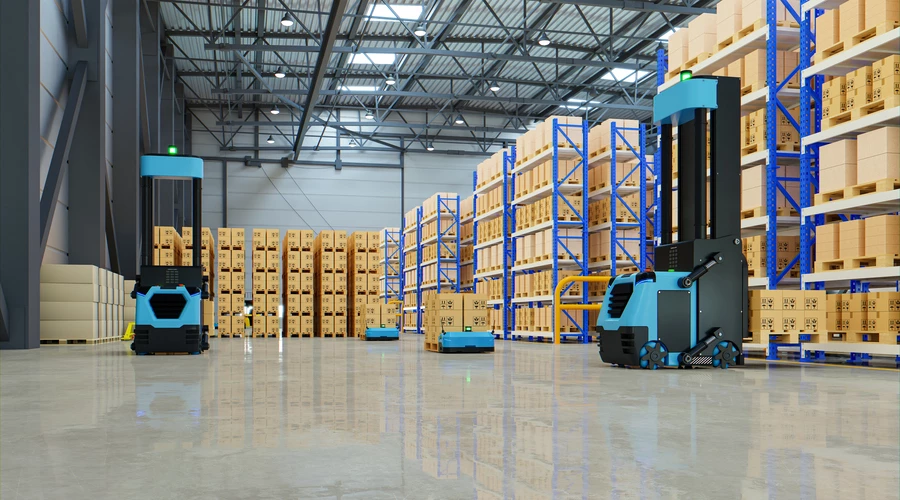
The racking systems you utilize for inventory storage and retrieval must be carefully considered when running a warehouse. Your racking system choice can help you maximize available storage space, take advantage of vertical space, improve worker efficiency, and reduce workplace accidents.
A warehouse's primary function is storage racking. The second is the quick retrieval and distribution of stored merchandise. Racking is a term that refers to a series of inventory storage and retrieval systems that are built mainly for palletized merchandise, with some notable exceptions, such as cantilever racking for big, lengthy, or strangely shaped goods like lumber or steel rebar. The rack raises the pallet off the ground, protects it from damage, and places it so that a forklift, automated retrieval system, or other tools can quickly collect it.
The layout of your warehouse shelving and the inventory you intend to store should be your top priority when choosing the best pallet racking system. What is the available floor space like? If you run a small warehouse or want to make the most of every square foot, aisle width and racking density are essential factors to consider. Some layouts reduce the number of aisles required for loading and unloading, however, this has an impact on stock turnover. Be mindful of FIFO and LIFO are the two forms of stock or inventory rotation.
The first inventory items a worker loads into a racking system are also the first to be retrieved in a FIFO system. This inventory rotation approach is excellent for commodities with short shelf life or that must be delivered quickly after being stored.
The final inventory item that a worker loads into a racking system is likewise the first to be retrieved in a LIFO system. This inventory rotation strategy is most commonly employed with non-perishable commodities whose distribution isn't time-sensitive.
The type of racking system you require is also determined by the inventory you store. For example, cantilever racking is not meant to handle palletized inventory. Installing a form of decking on your pallet storage racks may be vital if you need to store and retrieve small inventory items, non-palletized goods, or non-standard-size pallet storage racks. The width, height, length, and approximate weight of the inventory you wish to store should all be considered. All of these considerations go into determining the best racking system for your warehouse shelving.
The selected rack, the most typical warehouse pallet racking system, is a FIFO system in which normal forklift trucks load and unload merchandise from the front. The selective racks are quite inexpensive and allow many forklifts to access the rack at the same time.
Depending on the system, the forklift driver enters the racking system to retrieve inventory and exits by driving through, reversing, or turning around. These technologies improve efficiency and order fulfillment while also protecting inventory from damage.
The cantilever rack is made to hold inventory that is long, awkwardly shaped, and heavy. The cantilever rack has a base that anchors it to the floor and stabilizes it. The arms are supported by horizontal bracing that links the uprights. The bases, arms, and bracing are attached to the uprights, which are vertical poles. The inventory is supported by the arms that protrude outward from the uprights.
The forklift operator loads pallet storage racks into nested carts that glide along inclined rails in push-back racking, which is a LIFO pallet racking system. The pallet behind it moves forward into the ready position when the forklift operator collects it. You can boost the storage racking density of your warehouse shelving by eliminating the requirement for a separate aisle because merchandise is loaded and retrieved from the same area. The racks can be two to six pallets deep, depending on the variety.
It's necessary to inspect your racking systems for damage to uprights, beams, braces, fasteners/attachments, decking, and base plates regularly as part of any warehousing operation. This is also crucial when determining whether or not your current racking systems need to be upgraded.
We take industrial storage racking and retrieval systems for warehouses and other enterprises seriously at 13SQFT.COM, and we have a comprehensive range of systems to suit any need. Give us a call, and we'll assist you in choosing the finest racking system for your warehouse, taking into account all key aspects such as floor area and clear height, as well as the sort of merchandise you have.
POSTED BY
Team 13SQFT